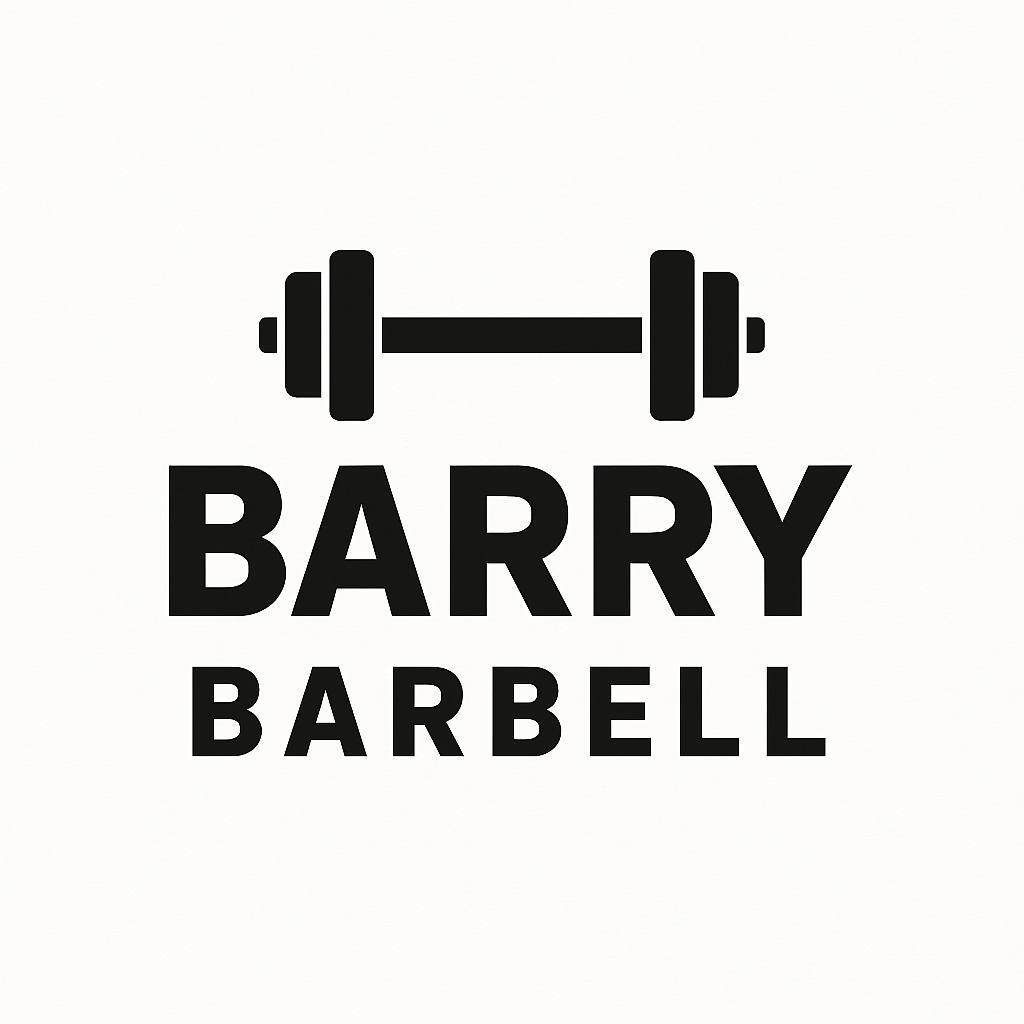As we age, our bodies naturally undergo changes that can impact muscle mass and strength. After the age of 40, many people experience a gradual decline in muscle mass, a condition known as sarcopenia. However, it’s important to understand that it is never too late to start building muscle.
Why Building Muscle is Important After 40
Building muscle as you age offers numerous benefits:
- Increased Strength: Helps with daily activities and improves your overall quality of life.
- Enhanced Metabolism: Muscle tissue burns more calories at rest than fat tissue, aiding in weight management.
- Improved Bone Density: Strength training is excellent for bone health, reducing the risk of osteoporosis.
- Better Balance and Coordination: Stronger muscles can improve balance, reducing the risk of falls.
- Enhanced Mental Health: Exercise, including strength training, is known to reduce feelings of anxiety and depression.
With these benefits in mind, it’s clear that starting or continuing to build muscle after 40 is crucial for both physical and mental well-being.
Common Misconceptions About Age, Muscle Growth, and Strength Training
1. “You Can’t Build Muscle After 40“: This is a pervasive myth. While it may be true that muscle gain can be slower, it is entirely possible to build muscle at any age with proper training and nutrition.
2. “Strength Training is Dangerous for Older Adults“: In fact, the opposite is true. With appropriate modifications and guidance, strength training can be safe and beneficial for adults over 40.
3. “You Need to Train Like a Young Athlete“: Tailoring your training to your own capabilities and limitations is key. You can achieve great results with a personalized approach.
Getting Started with Building Muscle
Assess Your Current Fitness Level
Before embarking on a muscle-building journey, take the time to assess your current fitness level. Consider:
- Strength: Evaluate how much you can lift comfortably.
- Endurance: Test your stamina in exercises like walking or cycling.
- Flexibility: Understand your range of motion to avoid injuries.
Set Realistic Goals
Establishing clear and attainable goals is essential for staying motivated. Consider the following:
- Focus on functional strength for better everyday performance (e.g., lifting groceries).
- Set a goal to add a certain amount of weight over a period rather than an immediate drastic increase.
Effective Strategies for Building Muscle After 40
1. Prioritize Strength Training
Make strength training a core component of your fitness routine. Aim for at least two to three sessions per week that include:
- Compound Exercises: Such as squats, deadlifts, bench presses, and rows. These work multiple muscle groups.
- Bodyweight Training: Push-ups, squats, and lunges can effectively target muscle groups without weights.
2. Focus on Progressive Overload
To build muscle, you need to challenge your muscles progressively. This can be done by:
- Gradually increasing the weight you lift.
- Increasing the number of repetitions or sets.
- Reducing rest time between sets.
3. Include Adequate Recovery
Proper recovery is essential in building muscle, especially as we age. Ensure that:
- You take at least one full rest day per week.
- You engage in active recovery activities such as walking or yoga.
4. Pay Attention to Nutrition
Nutrition plays a vital role in muscle growth. Here’s what you should focus on:
- Protein Intake: Aim for 0.6 to 0.8 grams of protein per pound of body weight to support muscle repair and growth. Good sources include lean meats, poultry, fish, dairy, legumes, and plant-based proteins.
- Balanced Diet: Incorporate a variety of fruits, vegetables, whole grains, and healthy fats to ensure you’re getting the nutrients your body needs for recovery and energy.
5. Stay Hydrated
Hydration is key to optimal performance in the gym and recovery. Ensure you drink enough water throughout the day, especially before and after workouts.
6. Consider Lifestyle Factors
In addition to training and nutrition, consider:
- Stress Management: High levels of stress can hinder recovery and muscle growth. Incorporate relaxation techniques such as meditation or deep-breathing exercises.
- Sleep Quality: Aim for 7-9 hours of quality sleep each night, as this is when muscle repair occurs.
Common Pitfalls and How to Avoid Them
As you start building muscle, be aware of common pitfalls:
1. Skipping Warm-Ups
Always begin your workouts with a proper warm-up. This prepares your muscles and joints, reducing the risk of injury.
2. Neglecting Form
Focus on maintaining proper form to avoid injuries. Consider working with a personal trainer if you’re unsure about your technique.
3. Losing Motivation
To stay motivated, vary your routine and set new challenges regularly. Tracking your progress can also boost your morale as you see improvements.
4. Ignoring Pain Signals
Listen to your body. If you experience sharp or persistent pain, it’s important to stop and assess the situation. Consult a healthcare provider if needed.
Support and Resources
Building muscle after 40 is easier with the right support. Consider:
- Joining a Class or Gym: Many facilities offer classes specifically for older adults.
- Working with a Trainer: A qualified trainer can help you create a personalized plan that meets your needs and goals.
- Online Communities: Participating in forums or social media groups can provide encouragement and accountability.
Conclusion: It’s Never Too Late to Start Building Muscle
In summary, it is absolutely not too late to start building muscle after age 40. By understanding the changes that come with aging, setting realistic goals, focusing on effective strategies, and surrounding yourself with support, you can enjoy a stronger, healthier life. Remember, building muscle not only enhances your physical capabilities but also significantly improves your overall well-being. So lace up those sneakers and start your journey toward a stronger you today!

